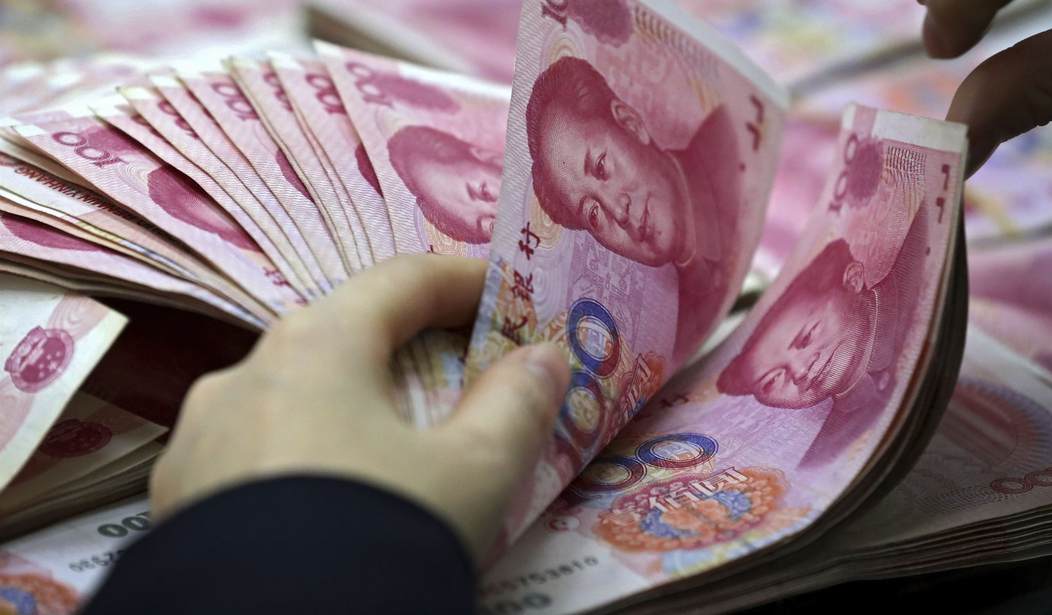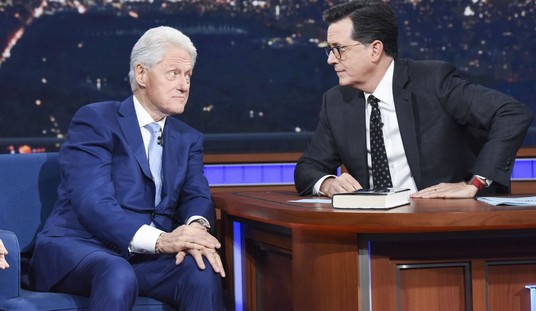It’s a poorly kept secret — although consumers of corporate media may not be privy to it because the sources of information they rely on to tell them true things about the world are part and parcel of the permanent ruling class — that U.S. democracy is largely for sale to the highest bidder(s), or, if you prefer cute D.C. euphemisms, “campaign contributor(s).”
Related: With Trump Victory, Democrat Election Denialism Commences: What to Expect
In the post-2016 era in which the Democrat Party has become the undisputed party of the elite, Trump’s political opponents have overperformed massively in affluent areas and underperformed in poor areas.
In 2020, for example, the counties Biden won represented 71% of the nation’s wealth, compared to 29% in the counties Trump won.
Via The Brookings Institution, November 10, 2020 (emphasis added):
The stark economic rift that Brookings Metro documented after Donald Trump’s shocking 2016 victory has grown even wider. In 2016, we wrote that the 2,584 counties that Trump won generated just 36% of the country’s economic output, whereas the 472 counties Hillary Clinton carried equated to almost two-thirds of the nation’s aggregate economy.
A similar analysis for last week’s election shows these trends continuing, albeit with a different political outcome. This time, Biden’s winning base in 509 counties encompasses fully 71% of America’s economic activity, while Trump’s losing base of 2,547 counties represents just 29% of the economy. (Votes are still outstanding in 28 mostly low-output counties, and this piece will be updated as new data is reported.)
The oft-cited statistic is that the man or woman or non-binary with the most campaign cash — at least in U.S. House of Representative races — wins the election at least 90% percent of the time.
Via FiveThirtyEight (emphasis added):
How strong is the association between campaign spending and political success? For House seats, more than 90 percent of candidates who spend the most win. From 2000 through 2016, there was only one election cycle where that wasn’t true: 2010. “In that election, 86 percent of the top spenders won,” said Sheila Krumholz, executive director of the Center for Responsive Politics, a nonpartisan research group that tracks campaign fundraising and spending…
Overall, advertising ends up being the major expense for campaigns, said Travis Ridout, professor of government and public policy at Washington State University. In 2012 and 2014, the average Senate campaign spent 43 percent of its budget on ads, he told me, and the average House campaign spent 33 percent. Presidential races spend an even bigger chunk of their budgets on advertising. In 2012, for instance, ads made up more than 70 percent of President Obama’s campaign expenses and 55 percent of Mitt Romney’s.
Per Open Secrets, 95% of House candidates who spent more money won their races this cycle. Of course, correlation does not equal causation. But if what that statistic reflects is the former, that’s one hell of a correlation.
Related: Did Populist Rage at Big Pharma Fuel Trump Victory? Election Data Indicates Maybe
However, the presidential race this cycle looked a lot different in terms of the influence of money.
As soon as the palace coup went live, Kamala’s handlers and surrogates were all over corporate media bragging incessantly about how much money they’d procured in from special interests.
Her war chest was historically immense.And what did all that filthy money buy her?
Take a look at the graph below, which illustrates the margins by Kamala’s campaign outspent Trump in every swing state — which Trump won, one and all.
It's so sad that campaign spending determines outcomes. pic.twitter.com/fzS5WZeb0O
— Tim Carney (@TPCarney) November 6, 2024
So the question must be asked: if, at least for presidential races, money doesn’t matter as much as it once did, what other factor has filled the vacuum? And how did Democrats fail so miserably to capitalize on it?










